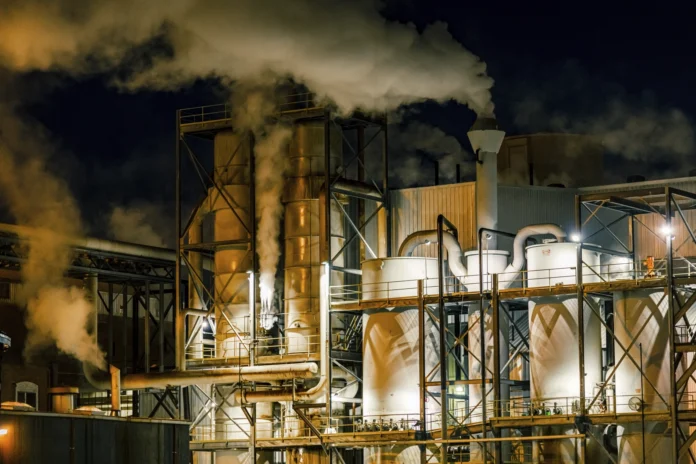This content is restricted to magazine subscription holders. It's Free to join! If you are an existing user, please log in. New users may register below.
You're not agreeing to receive email from us. We do not send spam.

For more than a century, sugar beets have helped define the agricultural backbone of western Nebraska and northern Colorado. Generations of farm families have relied on the crop to pay mortgages and put kids through college. The sprawling factories in towns like Scottsbluff, Gering, and Fort Morgan have long been symbols of rural industry — steam stacks billowing, trucks lined up with harvest loads, the air tinged with the earthy scent of beets. But behind the tradition lies a complicated truth. The same facilities that helped build local economies have also left a legacy of pollution — air thick with odors and particulates, rivers touched by industrial wastewater, and coal ash ponds quietly leaching risk into the soil. It’s a cost often hidden behind jobs




